Beginners Guide to Tarot is your first step into the fascinating world of Tarot reading. Whether you're intrigued by the mystical allure of the cards or seeking a tool for self-reflection and guidance, this guide is designed to help you navigate the essentials. With 78 cards rich in symbolism and meaning, Tarot offers a unique pathway to explore your inner world, gain insights into your life, and make more informed decisions. In this article, we'll walk you through choosing your first deck, understanding the structure of the cards, and offering practical tips for your first readings. Let's embark on this journey together and unlock the wisdom that Tarot holds.
Beginners Guide to Tarot Reading is designed for anyone interested in entering the enchanting world of Tarot, learning the basics of card reading, and developing their abilities. Whether you're curious about the future, seeking personal guidance, or simply want to deepen your understanding of yourself and the world around you, Tarot reading can be a powerful tool for you.
This guide will take you step by step through the structure of a Tarot deck, the meaning of each card, different card spreads, tips for developing your Tarot reading skills, and understanding the rich symbols within the cards. Along the way, you'll also receive practical tips and exercises to help make Tarot reading a significant part of your life.
Tarot reading is an ancient and fascinating art that allows us to explore our inner world, gain insights into our lives, and find guidance and solutions to the challenges we face. With 78 unique cards, filled with symbols and colors, we can discover deeper layers of ourselves, understand our connections with the environment, and look forward to a possible future. Tarot is not a tool for certain prediction, but rather a means of illuminating the path, allowing us to gain new perspectives on life situations, explore different possibilities, and harness our inner strength to overcome challenges and make meaningful decisions.
So, open the door to a world of insights, self-discovery, and personal fulfillment!

A Tarot deck consists of 78 cards divided into two main groups: the Major Arcana and the Minor Arcana.
The Major Arcana contains 22 cards, each representing a universal archetype or theme in our lives, such as love, death, success, failure, choice, fate, and more. These cards are rich in symbolism and can be interpreted in various ways, depending on the question or circumstances.
The Minor Arcana consists of 56 cards, divided into four suits: Pentacles, Swords, Cups, and Wands. Each suit reflects a different aspect of life: Pentacles represent the material and financial world, Swords represent the realm of thought and intellect, Cups represent the emotional and relational world, and Wands represent energy and action. These cards depict more specific events and situations, providing additional details and insights regarding the question or circumstances.
A card spread refers to the arrangement of the cards on the table. There are many different spreads, each designed to answer a specific type of question. Simple spreads for beginners include the three-card spread ("Past, Present, Future") or the five-card spread ("Who, What, Where, When, Why"). More complex spreads are used for a deeper reading on specific topics, such as relationships, career, and more.
Intuition plays an important role in Tarot reading. It is essential to listen to the feelings and emotions that arise during a reading and to consider them alongside logical interpretations.
Understanding the symbols in Tarot cards is crucial for accurate interpretation. Colors, symbols, numbers, and astrology are just some of the elements found in the cards, each carrying deep significance.
A Tarot deck consists of 78 cards divided into two main groups: the Major Arcana (22 cards) and the Minor Arcana (56 cards). Each card carries a unique meaning, both in the context of a general reading and in relation to specific questions or topics.
Major Arcana represents the significant forces at work in our lives, such as love, fate, death, creativity, and wisdom. These cards tend to be deeper and more complex, often reflecting important internal processes.
Minor Arcana is divided into four suits: Pentacles, Swords, Cups, and Wands. Each suit represents a different aspect of life:
Each suit contains 14 cards, numbered 1 to 10, and 4 court cards: Page, Knight, Queen, and King. These cards relate to everyday events, feelings, behaviors, and people in our lives.
Here is a brief overview of the meanings of the Major Arcana cards:
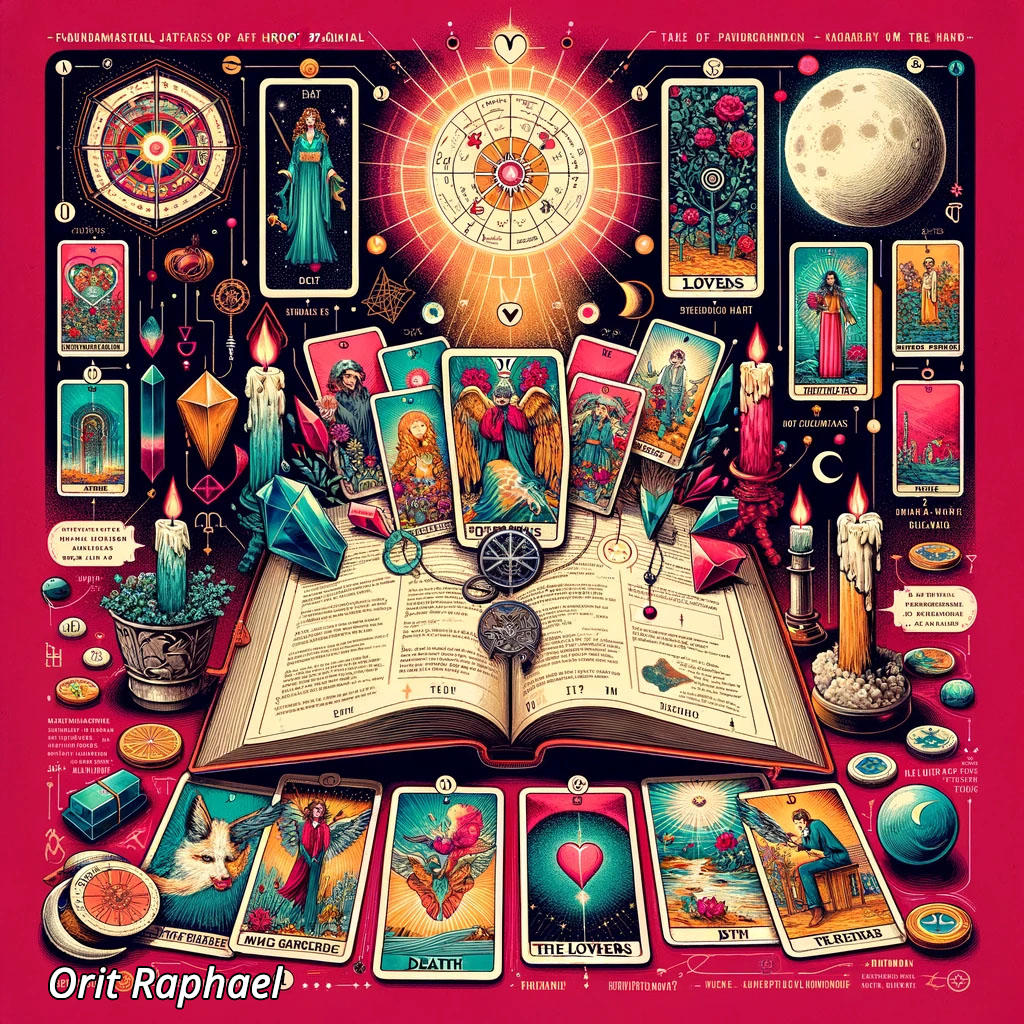
Tarot cards are rich in symbols and colors, each carrying its own unique meaning. Understanding these symbols greatly enhances the depth and accuracy of a Tarot reading.
Each card in the Major Arcana is associated with a specific planet or zodiac sign, adding another layer of meaning. For example, the "Sun" card is linked to Leo and represents energy, vitality, and passion.

Purifying Tarot cards is a common practice among many readers, aimed at cleansing the cards of external energies and recharging them with positive energy.
Purifying Tarot cards is a simple and effective way to maintain positive energy and ensure accurate readings.
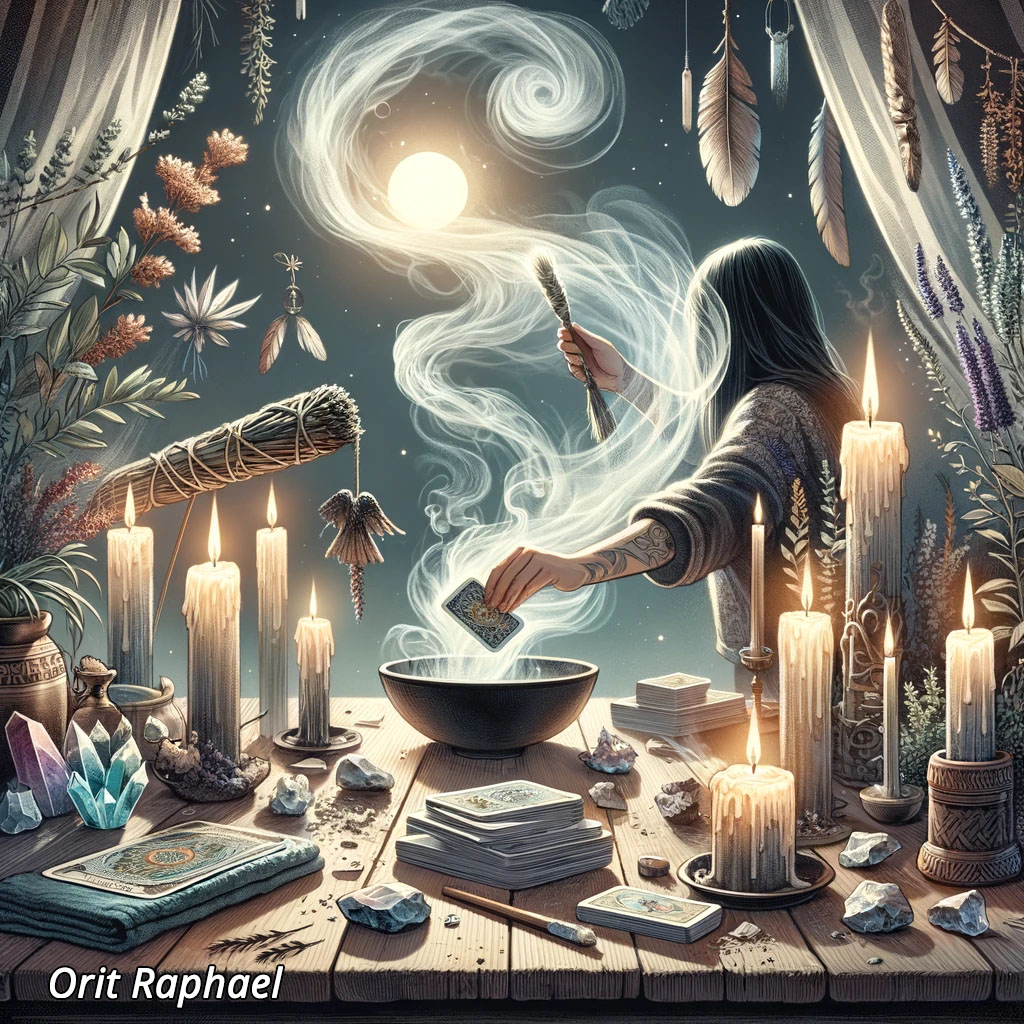
Tarot readings are more effective when specific questions are asked. Open-ended questions often lead to general answers that are harder to interpret.
The more specific the question, the easier it is to receive a precise and relevant answer.
Asking specific questions will help you obtain useful answers from the cards, providing you with guidance and support throughout your journey.
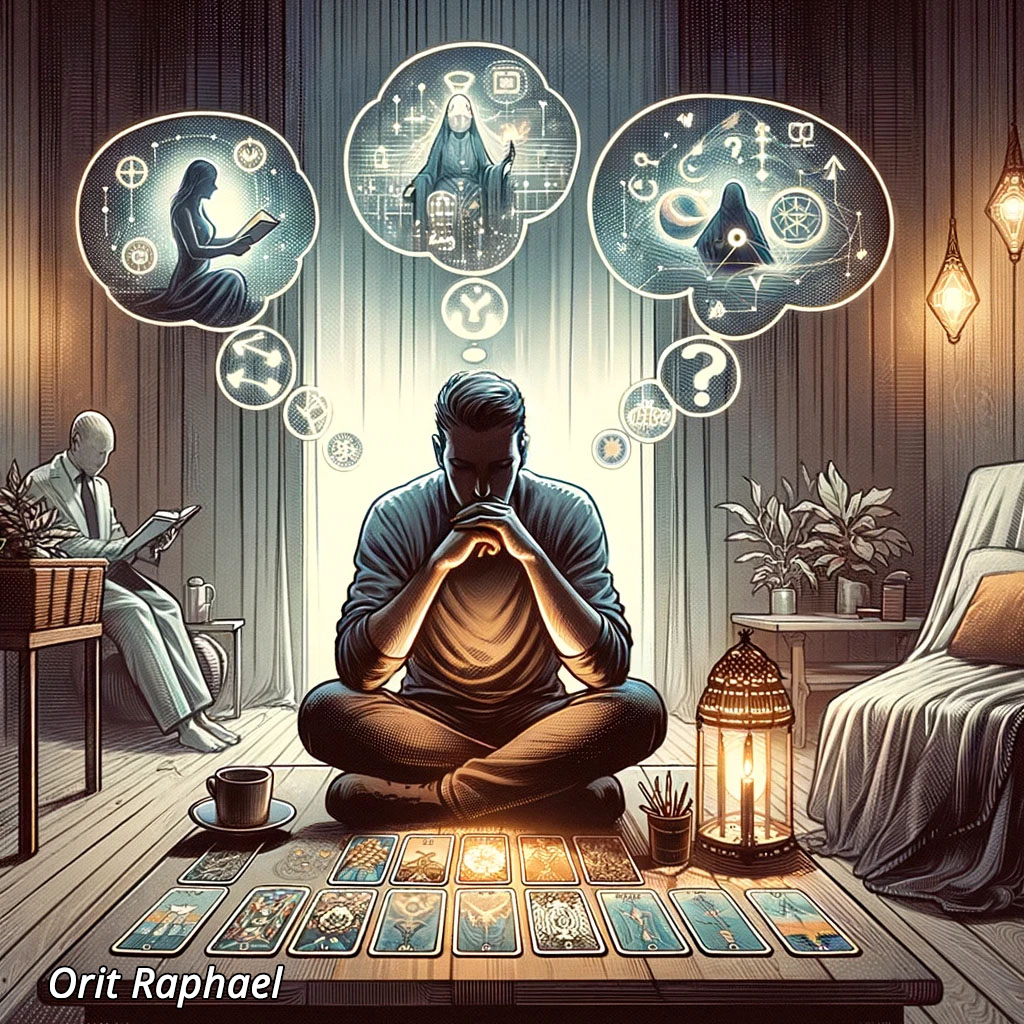
A tarot spread refers to the arrangement of cards on the table, each spread designed to answer specific types of questions.
These spreads are easy to understand and execute, making them ideal for beginners in tarot reading.
With practice, you can learn to use these simple spreads to gain deeper insights into your life.
These spreads are more suitable for experienced readers.
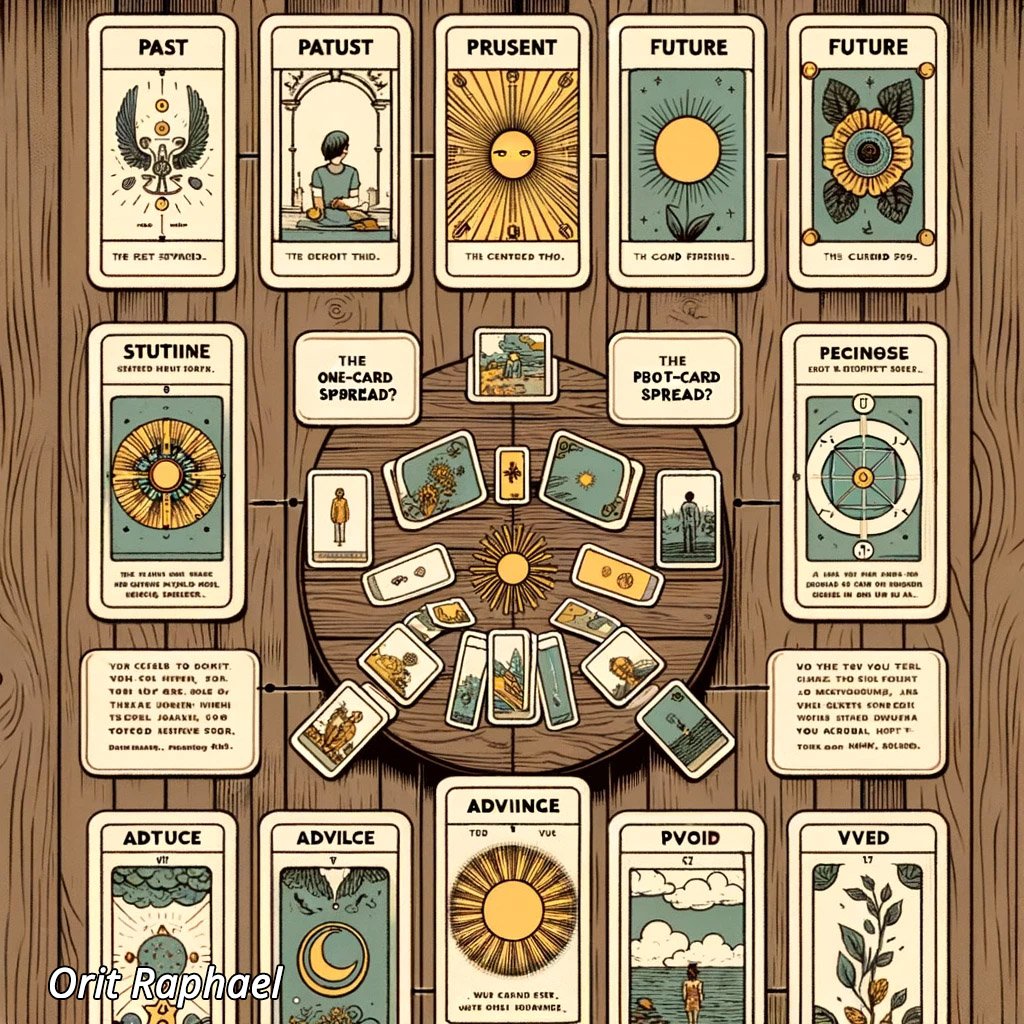
Tarot reading is a captivating and multifaceted world that offers a deep connection with ourselves and the forces at play in our lives. This guide is intended to be the first step on this fascinating journey, providing the foundational skills for reading the cards and understanding their meanings.
With practice, patience, and openness, you will uncover deeper layers and harness this powerful tool for personal growth, informed decision-making, and new insights. Remember, tarot reading is not a magic cure but a valuable aid that empowers you to take responsibility for your life and shape the reality you desire. Embark on the journey, discover the magic, and listen to your inner voice.
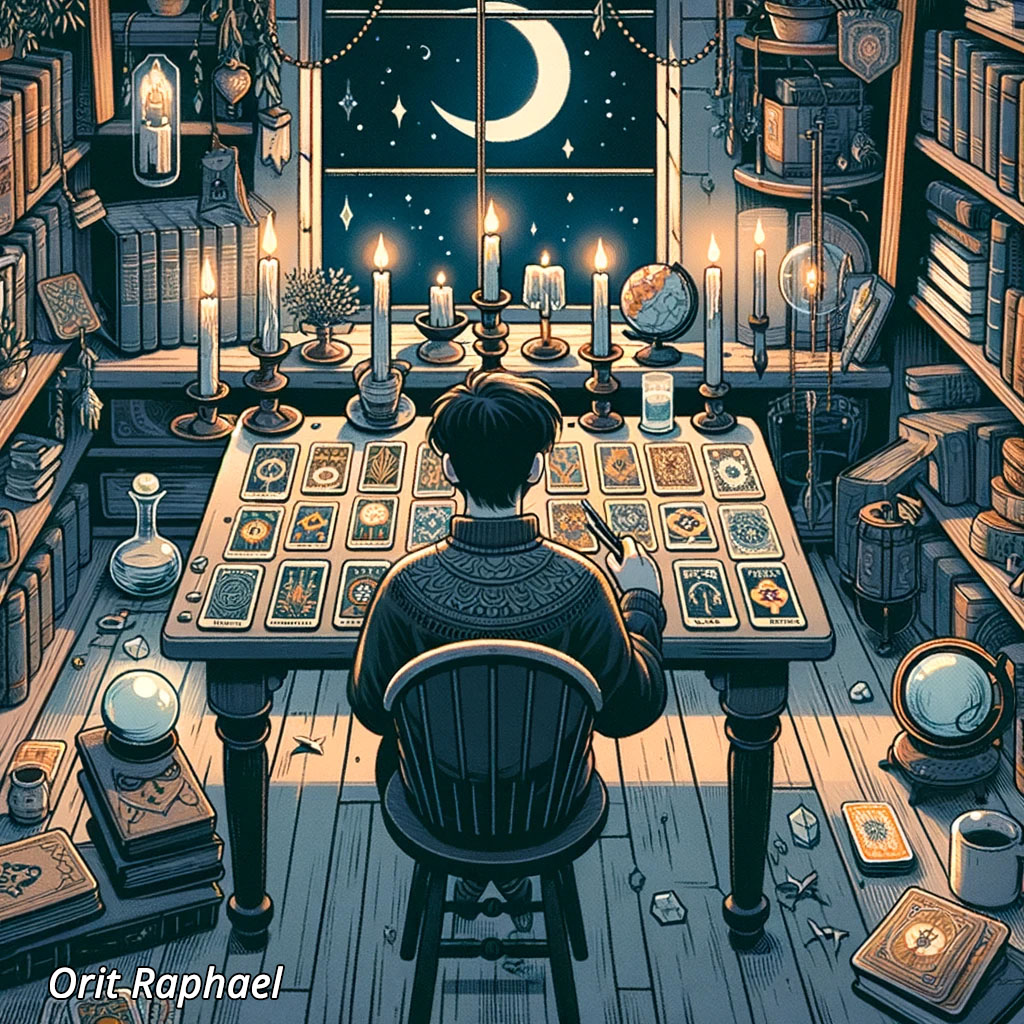
Free Online Tarot Reading
© 2024 All Rights Reserved to Orit Raphael